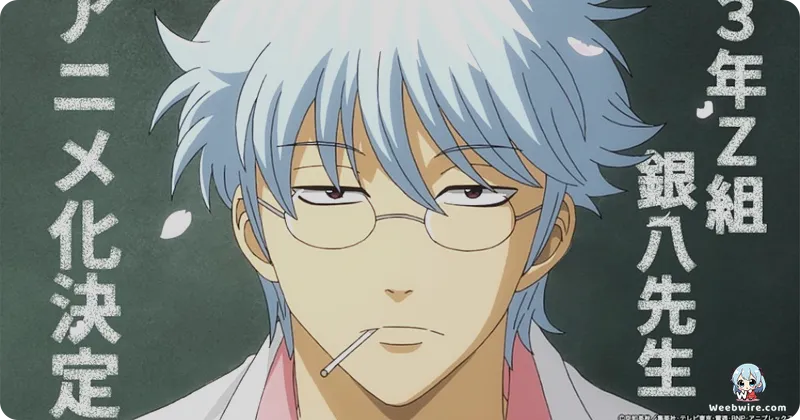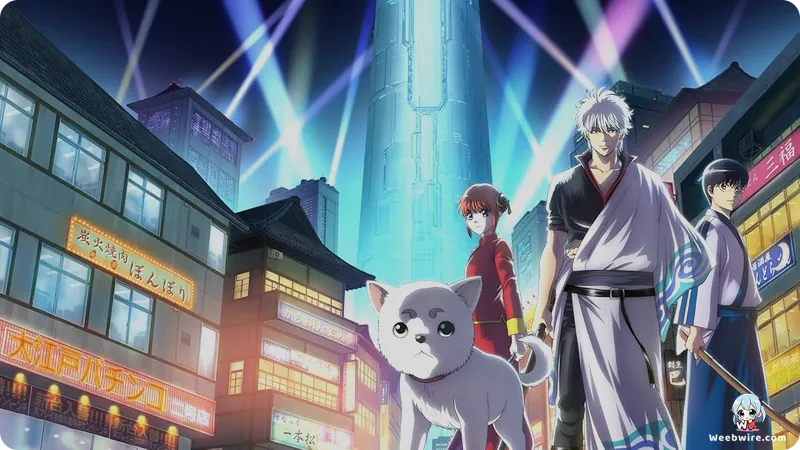Inside Gintama's World: Uncovering the Unsung Creative Triumphs of a Shonen Icon

Gintama, a true anomaly in the vast landscape of shonen anime, stands not merely as a series but as a cultural phenomenon. Beyond its thrilling action and poignant drama, it is lauded for unparalleled comedic brilliance and audacious meta-commentary. While the fifth season, encompassing the 'Porori-hen' and 'Shirogane no Tamashii-hen' arcs from 2017 onwards, masterfully upheld the series' signature blend of humor and heart, a treasure trove of fascinating insights into its creation and execution often eludes even dedicated viewers. Delving into Gintama's intricate world reveals the hidden gems that underscore its enduring, singular appeal.
The Art of Breaking the Fourth Wall
At the heart of Gintama's identity lies its relentless fourth-wall breaking and self-referential humor. Creator Hideaki Sorachi, humorously depicted as a gorilla, consistently delights in playfully jabbing at the anime industry, lampooning other popular shonen titles, and even chiding his own editors. This meta-narrative is not just a comedic device; it is a fundamental pillar of Gintama's DNA, empowering it to candidly address its soaring popularity, production challenges, and audience expectations. Episodes frequently kick off with characters openly debating upcoming storylines or critiquing animation quality, blurring lines between fiction and reality. A prime example: recurring gags about budget limitations, depicted through crude stick figures or recycled animation, which paradoxically blossomed into beloved running jokes.
Beyond the Absurd: Unpacking Character Complexities
The ensemble cast is a rich tapestry of hidden complexities and surprising inspirations. Many characters are unmistakable parodies of historical figures, yet their personalities are amplified to uproarious comedic extremes. Consider Sakata Gintoki, the titular protagonist. Beneath his seemingly indolent, sugar-addicted facade lies a man burdened by a tragic past, a battle-hardened veteran, and an unyieldingly loyal friend. This captivating duality, where profound drama is expertly juxtaposed with absurd comedy, is a defining hallmark. The exceptional voice cast also plays an indispensable role. Tomokazu Sugita, Gintoki's voice, is celebrated for his extraordinary improvisational talents and uncanny ability to deliver lines with impeccable comedic timing, often injecting unscripted remarks. This remarkable creative freedom and collaborative synergy between production and voice cast is exceptionally rare.

Animating the Unanimatable: Bandai Namco Pictures' Contribution
Bandai Namco Pictures, responsible for animating Gintama's later seasons, including the fifth, seamlessly carried forward the monumental legacy from Sunrise. The transition was remarkably smooth, ensuring high animation standards for action while meticulously preserving distinctive comedic timing and character expressions. The studio navigated the unique challenge of adapting a manga replete with static panels, intricate text-heavy jokes, and visual gags difficult to translate. Their ingenious solution involved innovative camera work, exaggerated reactions, and clever sound effects to amplify humor, unequivocally demonstrating profound dedication to the source material's spirit. Gintama's legacy is further cemented by its iconic running gag: the perpetual, often hilarious, threat of its own cancellation, a testament to its self-aware brilliance and enduring appeal.
Credits
Gintama
Author
Hideaki Sorachi
Cover Art
Hideaki Sorachi
Studio
Bandai Namco Pictures
Publisher
Shueisha
Producers





